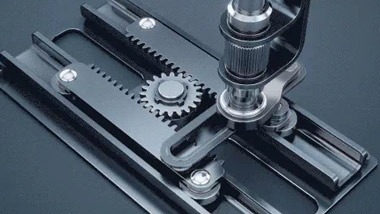Packaging Plastic Metal Parts
Packaging Plastic metal parts are essential components in manufacturing various products. These parts are typically made from high-quality materials specifically designed to fit the exact requirements of different items. The process of creating Packaging plastic metal parts involves heating the raw material until it melts and then molding it into the desired shape. Once cooled, the part solidifies and can be used in production.
One major benefit of using Packaging plastic metal parts is their ability to be produced quickly and efficiently in large quantities. This makes them ideal for companies needing to manufacture many parts at once. Another advantage is the ability to create complex designs and shapes, which helps businesses stand out and meet specific customer needs.
In addition to speed and flexibility, making Packaging plastic metal parts is also cost-effective. The process is highly automated, requiring minimal manual labor, which reduces production costs. Furthermore, the durable nature of these parts means they last longer, reducing the need for frequent replacements.
Overall, Packaging plastic metal parts are crucial in manufacturing a wide range of products. They allow for fast production of large volumes, enable the creation of intricate designs, and offer a cost-effective solution, making them an indispensable tool for companies aiming to stay competitive in their industries.
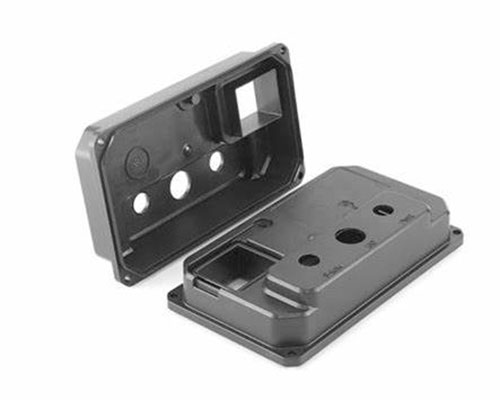
Packaging Parts
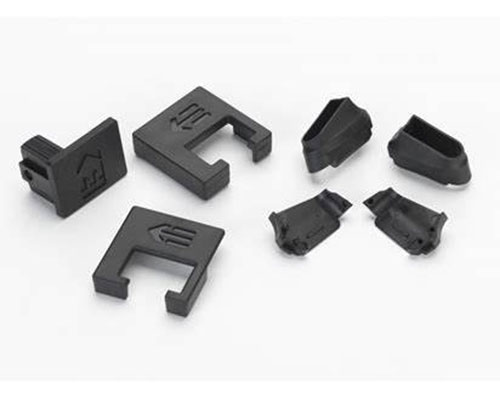
Packaging Parts
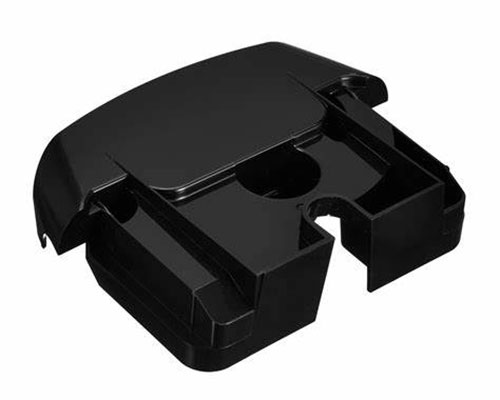
Packaging Products
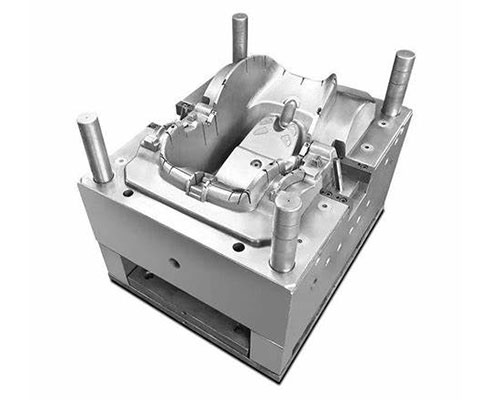
Packaging Parts Mould
Packaging Plastic Metal Parts Making Service
Be good at product structure optimization and greatly reduce the cost of Plastic Metal Parts custom solutions
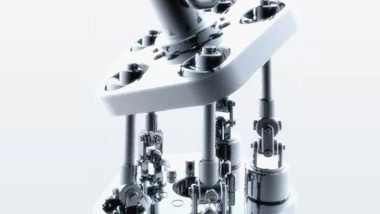
Part Design
Appearance and structural design
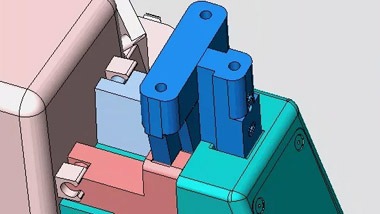
Mold Making
Design, DFM confirmation

Product Assembly
Incoming materials, inspection and assembly
Plastic Metal Parts are used in the Packaging industry
Plastic metal parts are essential in many industries, offering durability and versatility. As demand for high-quality and sustainable products grows, manufacturers are increasingly turning to advanced technologies to produce these components. One key technology is using injection molds to create plastic metal parts.
Injection molds are widely used to produce various items, including brackets, gears, and connectors. This process involves melting plastic particles and injecting them into mold cavities to form specific shapes or designs. Once the plastic cools and solidifies, it becomes a usable finished product.
One major advantage of using injection molds for plastic metal parts is the ability to create complex shapes and designs that might be difficult or impossible with other manufacturing methods. Injection molding allows manufacturers to produce parts with precise dimensions and consistent quality, ensuring high-quality final products that meet consumer needs.
Another benefit is the speed and efficiency of the injection molding process. It can quickly and efficiently produce large quantities of parts, making it ideal for companies needing to meet high production demands.
Additionally, injection molding is economically efficient. The process is highly automated and requires minimal labor, reducing production costs. The molds used are durable and have a long service life, so they can be reused multiple times, cutting down on frequent replacements.
Furthermore, using injection molds in the production of plastic metal parts promotes sustainability. This method generates less waste than other manufacturing processes, and many materials used are recyclable. This makes injection molding a sustainable choice for companies aiming to reduce their environmental impact.
In summary, injection molds play a crucial role in producing plastic metal parts. They enable the creation of complex shapes and designs, offer quick and efficient production, and achieve economic efficiency and sustainability. As consumer demand for high-quality and sustainable products continues to rise, injection molds remain an indispensable tool in the industry.
FAQ About Packaging Plastic Metal Parts
What are the benefits of using plastic in packaging metal parts?
Plastic offers several advantages when it comes to packaging metal parts. First off, it's lightweight, which can significantly reduce shipping costs. Plus, plastic is resistant to corrosion and moisture, making it ideal for protecting metal components from environmental damage. Additionally, plastic can be molded into various shapes and sizes, providing customized protection for specific parts. This flexibility ensures that each part is securely packaged, reducing the risk of damage during transit.
How do I choose the right type of plastic for packaging metal parts?
When selecting plastic for packaging metal parts, consider factors like durability, cost, and compatibility with the metal. For instance, high-density polyethylene (HDPE) is a great choice due to its strength and resistance to chemicals. On the other hand, polypropylene (PP) is often used because of its flexibility and ability to withstand high temperatures. It's also important to think about the environmental impact; opting for recyclable or biodegradable plastics can be a more sustainable choice.
Can plastic packaging be recycled?
Absolutely, many types of plastic packaging can indeed be recycled. However, the ease of recycling depends on the type of plastic used. For example, PET and HDPE are commonly recycled and can be turned into new products. To ensure your packaging is eco-friendly, look for plastics marked with recycling codes and encourage your customers to recycle them properly. Also, consider using mono-material packaging, which is easier to recycle than multi-material options.
Is there an environmental impact associated with plastic packaging?
Yes, plastic packaging does have an environmental impact, primarily due to its non-biodegradable nature. If not properly managed, plastic waste can end up in landfills or oceans, causing pollution. To mitigate this, it's crucial to use plastics responsibly. Opt for recyclable materials, and design packaging that uses minimal plastic while still providing adequate protection. Additionally, supporting initiatives that promote plastic recycling and investing in biodegradable alternatives can help reduce the environmental footprint.
What are some alternatives to plastic packaging for metal parts?
There are several alternatives to traditional plastic packaging for metal parts. One popular option is cardboard, which is biodegradable and recyclable. Another alternative is paper-based packaging, which can be reinforced to offer similar protection as plastic. Biodegradable plastics made from plant materials are also gaining traction as they break down more easily than conventional plastics. Each alternative has its pros and cons, so it's essential to evaluate them based on your specific needs and environmental goals.
How can I ensure my plastic packaging is cost-effective?
To make your plastic packaging cost-effective, start by optimizing the design to use less material without compromising protection. Consider the manufacturing process; techniques like injection molding can produce complex shapes efficiently. Bulk purchasing can also reduce costs, as can negotiating with suppliers for better rates. Additionally, incorporating recycled materials can lower expenses while enhancing sustainability. Always balance quality with cost to ensure you're getting the best value for your money.
What are the regulations regarding plastic packaging in different regions?
Regulations concerning plastic packaging vary by region and are constantly evolving. In the European Union, for example, there are strict guidelines on single-use plastics and requirements for recyclability. The United States also has regulations, particularly at the state level, focusing on banning certain plastics and promoting recycling. It's essential to stay updated with local laws and industry standards to ensure compliance. Consulting with legal experts or industry associations can provide valuable insights into these regulations.
How can I improve the strength and durability of plastic packaging?
Enhancing the strength and durability of plastic packaging involves selecting the right materials and design strategies. Using high-density polyethylene (HDPE) or polypropylene (PP) can increase toughness. Reinforcing plastic with fibers or adding layers can also boost durability. Design elements like ribs and corrugations distribute stress more evenly, preventing cracks. Additionally, testing prototypes under various conditions can help identify weaknesses and allow for adjustments before full-scale production
What role does plastic packaging play in product safety during transportation?
Plastic packaging plays a crucial role in ensuring product safety during transportation. It acts as a barrier against physical damage, moisture, and contaminants. By cushioning metal parts and preventing them from shifting, plastic packaging reduces the risk of breakage. Tamper-evident designs add an extra layer of security, ensuring that the product remains intact until it reaches the end user. Proper labeling on the packaging can also provide handling instructions, further safeguarding the product during transit.
How can I make my plastic packaging more visually appealing?
Making your plastic packaging visually appealing involves a combination of good design and quality materials. Choose colors and finishes that align with your brand identity and attract customers. Embossing or foiling can add a premium feel to the packaging. Transparent windows can showcase the product inside, creating an inviting look. Additionally, consider eco-friendly messaging or certifications, which can appeal to environmentally conscious consumers. Balancing aesthetics with functionality ensures that your packaging not only looks good but also serves its purpose effectively.
